
Amid the steep ups and downs of the Rione Monti, a picturesque 17th-century mansion encompasses an equally picturesque medieval tower, one of the many that, along with the dozens of bell towers erected next to churches, characterized the city’s skyline in the so-called dark ages, giving it a distinct vertical thrust.
Repeatedly restored and still perfectly preserved, the tower was also called “della Miliziola”, to distinguish it from the nearby and larger Torre delle Milizie. It was built in 1223 by the Carboni family on remains from the Trajan era; it then passed among the possessions of the Conti family before being acquired in 1675 by the del Grillo family. This family incorporated the tower into the left forepart of their palace, connected to the facade by an underpass, the striking Arco dei Conti. They also added the original corbelled crowning, the eagles at the corners and the inscription “EX MARCHIONE DE GRILLIS”.
In the 19th century the entire palace was acquired by the Nicolis de Robilant family, and after World War II it housed the studio of the great painter Renato Guttuso: the splendid hanging garden hidden in the building was the inspiration for two canvases, The Evening Visit (1980) and Garden of Palazzo del Grillo (1981). In the memory of Romans, however, the palace and tower remain linked above all to the legendary figure of the Marquis del Grillo, who entered the popular imagination for the countless pranks attributed to him, not a few of which were to the detriment of Jews. An eccentric spirit and a rebel against all rules, the marquis was brought to the screen by Alberto Sordi in the famous film directed by Mario Monicelli.
A walk among the walls, the archways, and the towers

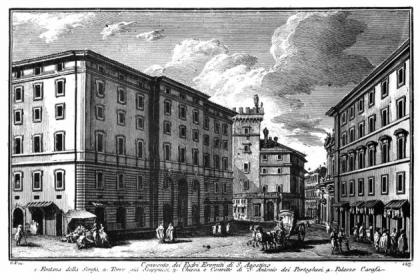
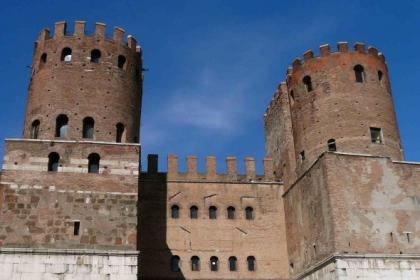
 Condividi
Condividi
Torre delle Milizie - Tower of the Militia
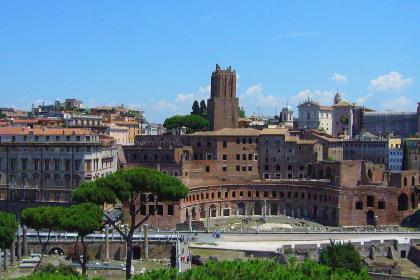
 Condividi
Condividi
Torre de' Conti
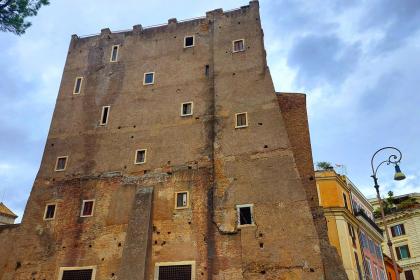
 Condividi
Condividi
Rome in 20 unmissable films
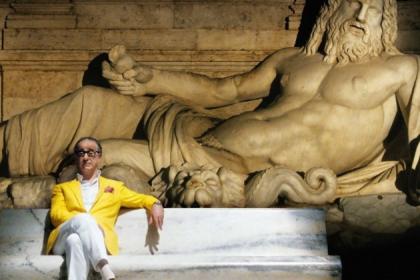
A cinematic journey between past and present, to discover the Beauties of Rome
Information
The tower is visible from the outside; the inside cannot be visited.
 Condividi
Condividi
Location
To find out about all accessibility services, visit the Rome accessible section.











































